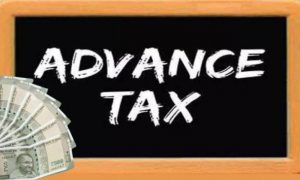The Income Tax Department of India has a set of six forms for individuals and companies to file their income tax return (ITR). Choosing the right form is important to avoid the declaration of return as defective. The choice of form depends on the individual’s income and taxpayer category.
ITR-1 is for Indian citizens whose income is up to Rs 50 lakh per annum from salary, family pension, residential property, or income from agriculture of up to Rs 5,000. Income from lottery or racecourse does not fall under this category. However, directors in a company or those with shares in an unlisted company cannot fill this form.
Read More: How new tax rules from April 1 will impact equity investment, stock, and F&O trading gains in 2023
ITR-2 is for individuals and Hindu Undivided Families (HUFs) earning over Rs 50 lakh per annum but not earning any business profits. It requires information on more than one residential property, capital gain or loss on investment, dividend income of more than Rs 10 lakh, and income from agriculture exceeding Rs 5,000. The form also needs to be filled if the provident fund is earning interest.
ITR-3 is for individuals and HUFs earning from the profits of a business. This form requires information about all the income categories in ITR-1 and ITR-2. If a person is a partner in a firm, they have to fill a separate ITR form. The same form has to be filled if there is capital gain from the sale of shares or property, or income from interest or dividend.
ITR-4, also known as Sugam, is for individuals, HUFs, and companies other than Limited Liability Partnerships whose total income is more than Rs 50 lakh per annum and who are earning from sources like section 44AD, 44ADA, or 44AE. It is not applicable for directors in any company or those with equity share investments or earning over Rs 5,000 from agriculture.
Read More: Income Tax FY 2022-23: Top Things You Should Keep In Mind While Filing ITR
ITR-5 is for LLP companies, associations of persons, bodies of individuals, artificial juridical persons, co-operative societies, and local authorities.
ITR-6 is for companies that have not claimed exemption under section 11, where income derived from the property kept with the trust for any charitable or charitable work is exempt from tax.
It is important to select the correct form while filing ITR, failing which the Income Tax Department can declare the return as defective. Taxpayers can avoid confusion by carefully assessing their income and tax liability and choosing the appropriate form accordingly. As the new financial year approaches, individuals and companies should start preparing to file their ITRs to avoid any last-minute rush.



































